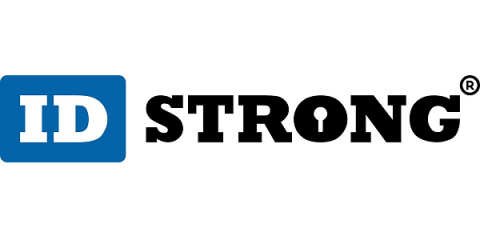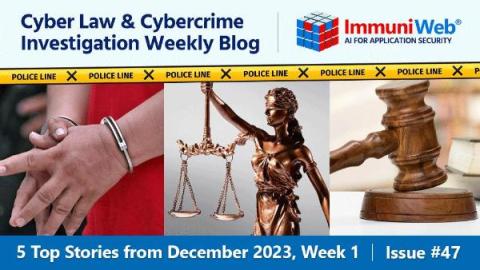Best Practices to Prevent E-commerce Fraud
Roughly 20 percent of all retail sales occur online. This statistic may sound lukewarm now, but e-commerce is rapidly becoming the lion’s share of global transactions. However, the model’s incredible growth also provides criminals ample opportunity to steal from online businesses. The absence of a physical location removes much of the criminal’s risk, and new strategies constantly pop up. A robust fraud prevention strategy should cover the majority of business operations.







